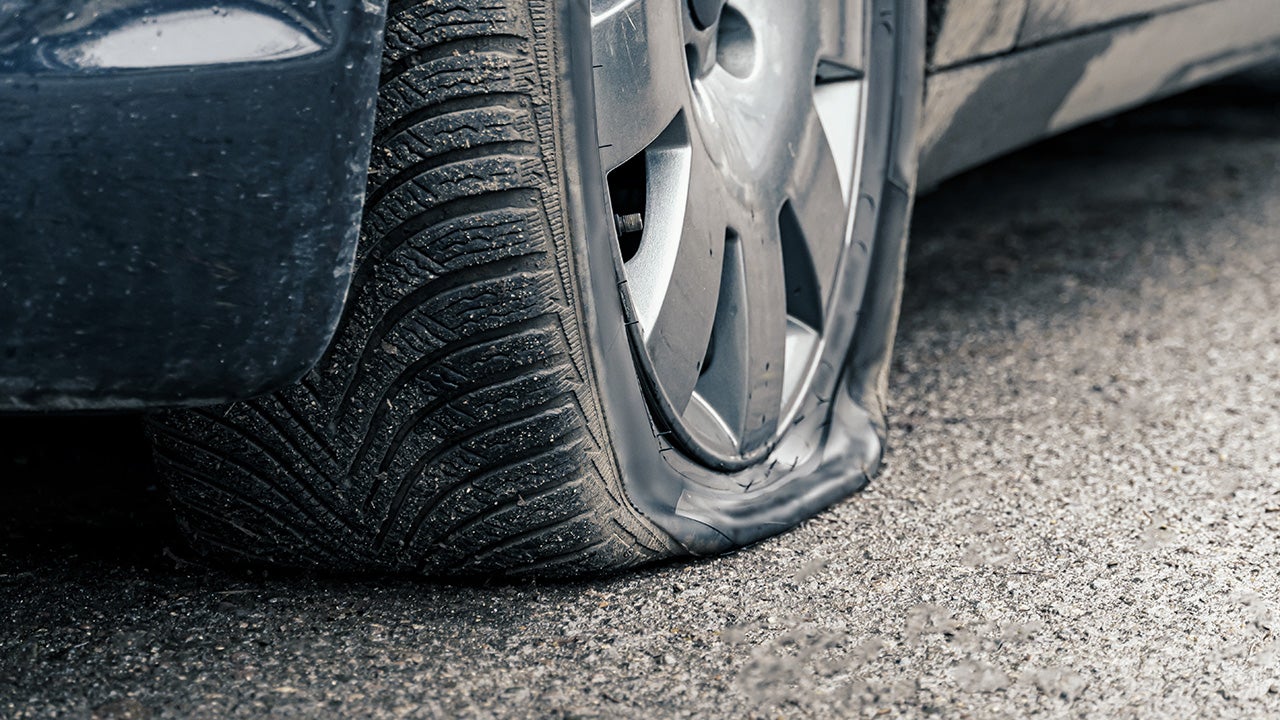All Categories
Featured
Table of Contents
The Michelin used a comfortable driving experience, characterised by responsive guiding and a modern understeer balance. Despite the cooler screening conditions, Michelin's regular time and grasp over 3 laps suggests its viability for real-world applications.
One more noteworthy element was Yokohama's workout time. The tire's very first lap was a second slower than the second, indicating a temperature-related hold rise. This recommends the Yokohama might radiate in completely dry, race-like conditions. Nevertheless, for day-to-day use, the Michelin could be a more secure wager. Successor was the Hankook.
Cost-effective Car Tyres
It shared Michelin's risk-free understeer balance but did not have the latter's desire to turn. Continental and Goodyear's efficiencies were remarkable, with Continental's brand-new PremiumContact 7 showing a significant enhancement in wet conditions contrasted to its predecessor, the PC6. This version was far less delicate to fill adjustments and acted a lot like the Michelin, albeit with a little much less interaction at the limit.
It combined the risk-free understeer equilibrium of the Michelin and Continental with some sporty handling, confirming both predictable and fast. As an all-rounder for this Golf GTI, Goodyear's Crooked variety was the standout, showing outstanding efficiency in the wet. The Bridgestone Potenza Sport took the crown as the fastest tire, albeit by a little margin.
This tire obtained grippier as it heated up, similar to the Yokohama. Chauffeurs looking for an interesting wet drive may discover this tyre worth taking into consideration. The standout entertainer in damp stopping was the most recent tire on test, the PremiumContact 7, though the outcomes are nuanced. We carried out wet stopping examinations in three various methods, twice at the new state and when at the used state.
Top Tyre Repair Services ( Swan)
Preferably, we wanted the cold temperature level test to be at around 5-7C, but logistical delays indicated we evaluated with an ordinary air temperature of 8C and water at 12C. While this was cooler than standard test problems, it was still warmer than real-world conditions. The cozy temperature level test was done at approximately 18C air and 19C water.
The third run involved wet stopping examinations on used tyres, especially those machined down to 2mm with a tiny confrontation. While we intended to do more with these worn tyres, weather condition constraints limited our testing. It's worth noting that damp braking is most crucial at the worn state, as tyres generally enhance in completely dry conditions as they put on.

Bridgestone, Goodyear, and Michelin saw the least efficiency reduction when used. The Hankook tire registered the tiniest efficiency drop as temperatures cooled down, yet it was amongst the most influenced when put on.
Tyre Fitting Services Near Me ( Swan 6063 WA)
The take-home message right here is that no single tyre mastered all elements of wet stopping, showing a complex interplay of variables affecting tire efficiency under different conditions. There was a standout tyre in aquaplaning, the Continental ended up top in both straight and bent aquaplaning, with the Michelin and Goodyear additionally very great in much deeper water.

Yokohama can take advantage of a little even more grasp, a concern potentially affected by the colder problems. When it comes to taking care of, all tires executed within a 2% variety on the lap, showing their top quality performance (Cheap tyres). Thinking about these tires basically target the very same consumer, it's fascinating to observe the significant differences in feel.
The surprise is because the PremiumContact 6 was just one of my favourites for sporty completely dry drives, but its follower, the PremiumContact 7, seems much more mature and looks like Michelin's efficiency. Among these, Hankook was the least exact in guiding and interaction at the limit. Tyre inspections. Both Michelin and Continental offered beautiful initial guiding, albeit not the fastest
If I were to recommend a tyre for a fast lap to a novice, state my dad, it would certainly be one of these. We have the 'enjoyable' tyres, particularly Yokohama and Bridgestone. Both were quick to steer and really felt sportier than the others, yet the compromise is a much more spirited back side, making them a lot more challenging to manage.
Honest Tyre Safety
It offered similar guiding to Bridgestone but used far better feedback at the restriction and much better grasp. The Bridgestone Potenza Sporting activity, nonetheless, appeared to break down quite quickly after just 3 laps on this demanding circuit. Finally, there's Goodyear, which positioned itself somewhere in between the fun tyres and those often tending towards understeer.
All in all, these tires are outstanding entertainers. In terms of tire wear, the technique used in this examination is what the market refers to as the 'gold requirement' of wear.
Both the Bridgestone and Yokohama tires substantially underperformed in comparison to the other 4 tires in terms of rolling resistance, with Continental slightly surpassing the rest. Relating to the convenience level of the tyres, as expected, many showed an inverted connection with handling. The Continental, Michelin, and Goodyear tyres executed ideal throughout different surface area types evaluated.

Bridgestone began to reveal indications of firmness, while Yokohama was especially jarring over potholes. We did gauge interior noise levels; however, as is frequently the situation, the results were closely matched, and because of weather restraints, we were not able to conduct a subjective evaluation of the tires sound. We looked at abrasion figures, which gauge the quantity of tire walk shed per kilometre, normalised to a one-tonne car.
Reliable Tyre Fitting Near Me ( Swan)
This figure represents the quantity of rubber dirt your tyres produce while driving. Michelin led in this group, producing over 9% much less rubber particle issue.
Latest Posts
Leading Tyre Sales Near Me – Marangaroo
Tyre Performance Near Me – Koondoola WA
Top Tyre Replacement Near Me – Bayswater 6053 WA